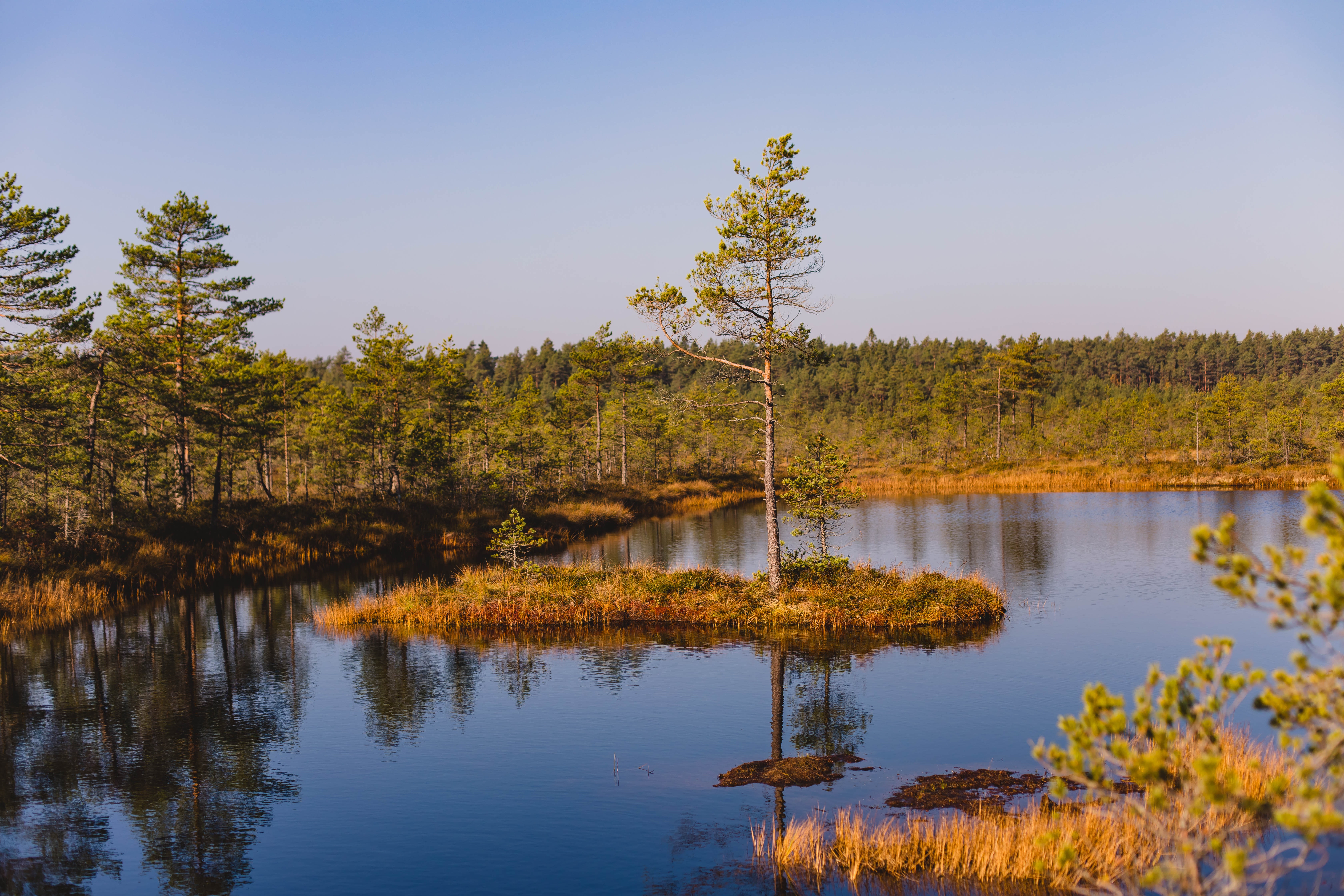Moiyeli Swamplands
General introduction
The Moiyeli Swamplands occupy a central position in the eastern part of the continent of Erana. They themselves are separated from the areas around them by the Hazzaak Mountains to the south, which form a natural border to Andaperna, and the Unagi Mountains to the north and east, which are the natural border to the Madini. To the west lies the Grey Sea from which rain carrying winds constantly blow east. The Moiyeli Swamplands have never been settled by men or Joun, but by Luak and - which many don't know - by Len. The reason for the failed settling of the area are the two accesses to the subterranean realm known by the name Kalon Korkaks - 'heart of the swamp' - as well as the difficult climate and geology. As for men, there are small remnant Duiniken societies living at the foot of the mountains in the south. But they hardly set foot into the swamp. The two accesses to the underground area have enabled not only the normally underground-dwelling Luak to come up to the surface, but also subterranean flora and fauna. Part of that fauna are moikíli, giant scorpions, which have become a namesake for the area.
Climate, flora and fauna
The climate of the Moyeli Swamplands is a warm-temperate, maritime climate. The eastern parts are slightly more continental, having bigger differences in mean summer and winter temperatures. The wind mainly comes from the west bringing a lot of rain from the Grey Sea all year long. This means that the geography of the area is ever-changing with parts getting flooded, other parts getting drained and creeks and rivlets changing their paths. The westernmost stretch of the Moiyeli Swamplands is covered by a mix of salt tolerant mangrove-like forests and reed beds. All the other areas are more or less forested with some clearings.
The flora and more so the fauna are both influenced by the accesses to the subterranean areas which left an impact on local plant and animal life. There are almost no mammals living in the swamps as well as it is a breeding ground for hardly any kinds of birds. On the other hand hardier animals or animals that are well adapted to live in and around water are abundant, like amphibians, dragons, some fur reptiles and insects. From the underground areas come some species that are really odd and special like tree-dwelling octopi or the infamous giant scorpions. The subterranean areas also contributed a whole variety of fungi and slime molds to the flora of the swamplands. Otherwise there are some plant species endemic to the area like the castle cypress or sméhhahh, which is a rare spice in Tarrabaenian and Duiniken cuisine.
Cultural significance
The Kalon Korkaks has a number of structures that are very ancient and of unknown origin. It has been suggested that they were built by the Duniken at the beginning of the Era of the Earth but their style does not resemble other Duiniken structures at all. Another suggestion is that they were built by the Luak which emerged from underground. A third suggestion is, that the structures were built even earlier, during the Era of the Trees or - less probable - during the Era of the Fire. If fact, as traversing the Moiyeli Swamplands is almost impossible, it is not even known if the buildings are still occupied or already turned into ruins. What is known is, that there are no more Luak living in the Moiyeli Swamplands as during the Era of the Fire the connections to the subterranean areas were in part destroyed and the community above ground was cut off the underground supplies. Some of the smaller tunnels still exist allowing more subterranean species to come to the surface.
Otherwise the only role the Moiyeli Swamplands play is keeping the main cultures of the eastern part of the continent of Erana more separated. The has advantageous as well as disadvantageous effects, for example enabling the early peoples that now form the Confederation of Tarrabaenia to access the Grey Sea, the coast of which was prior completely occupied by Mdûlûn.




Comments